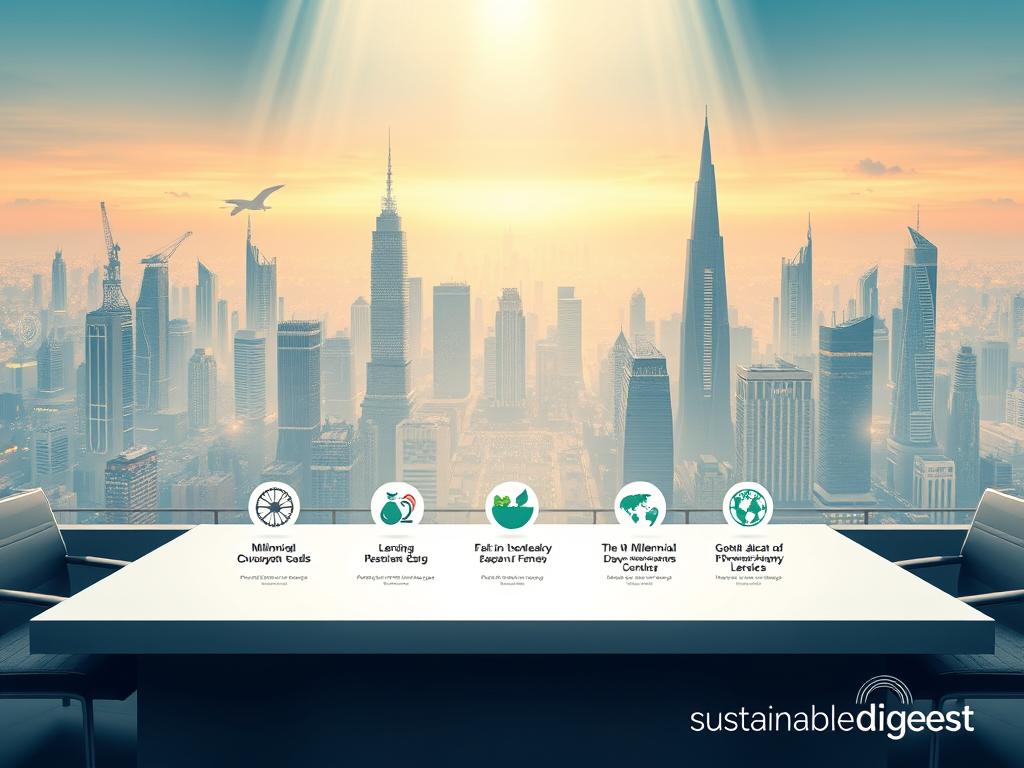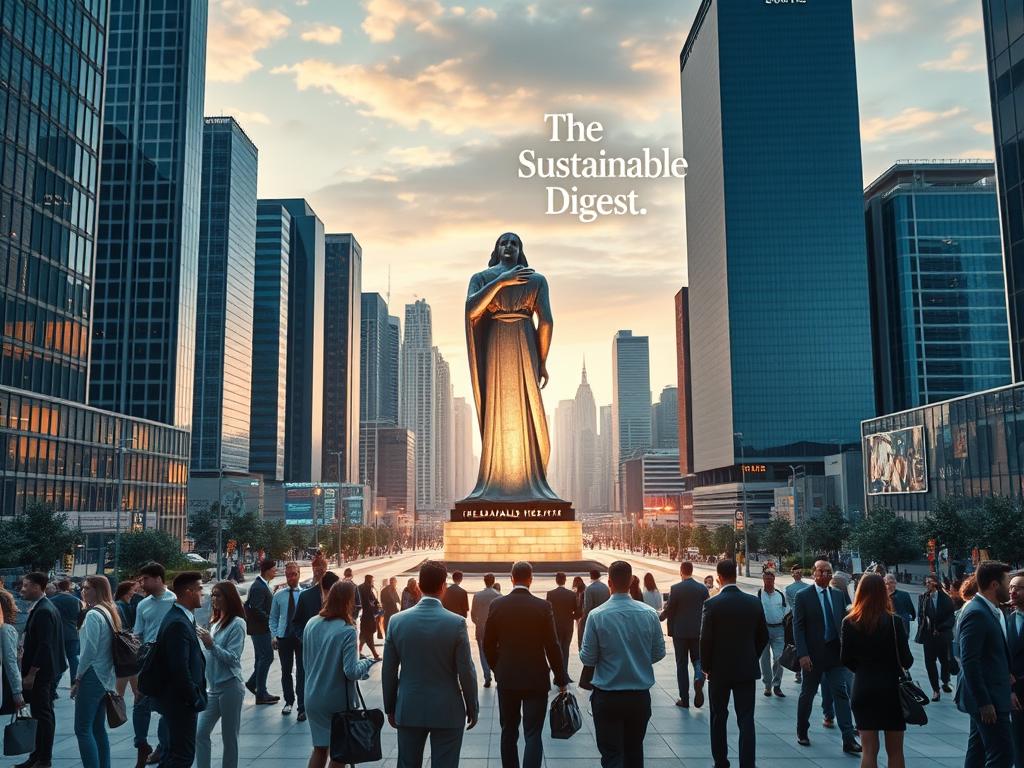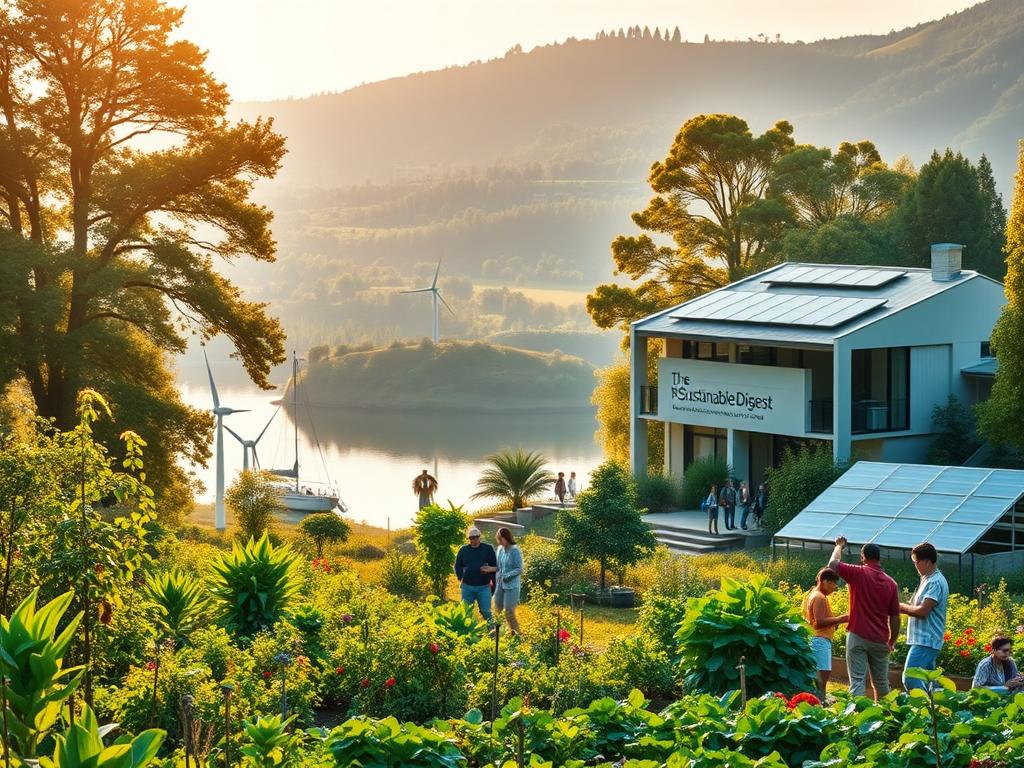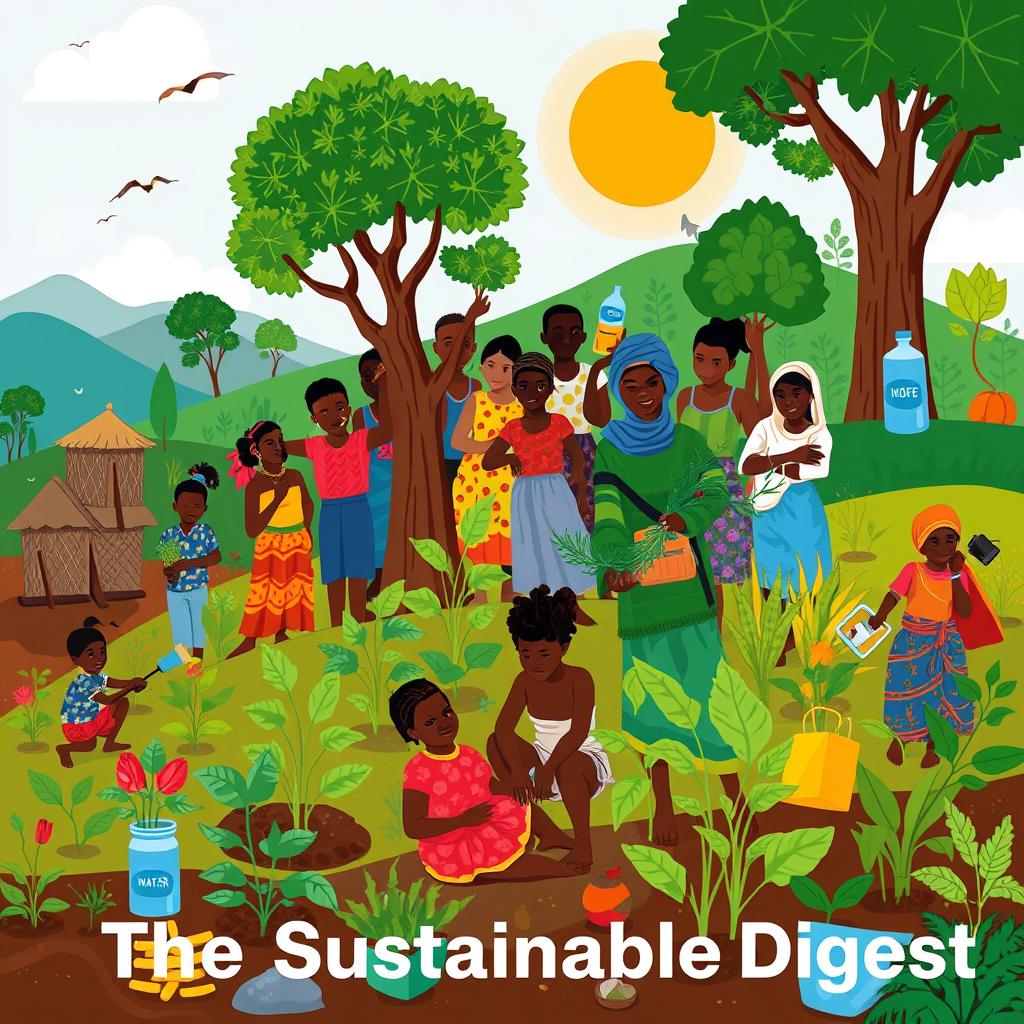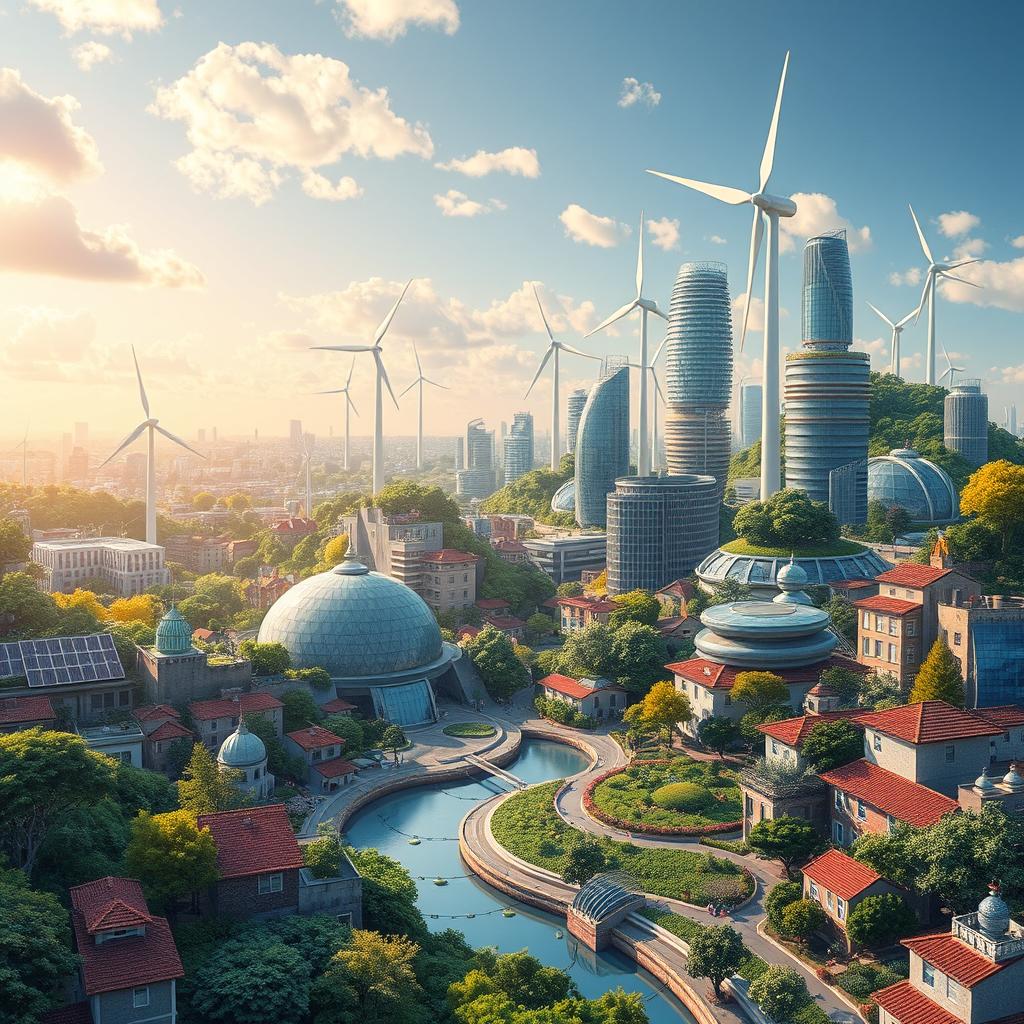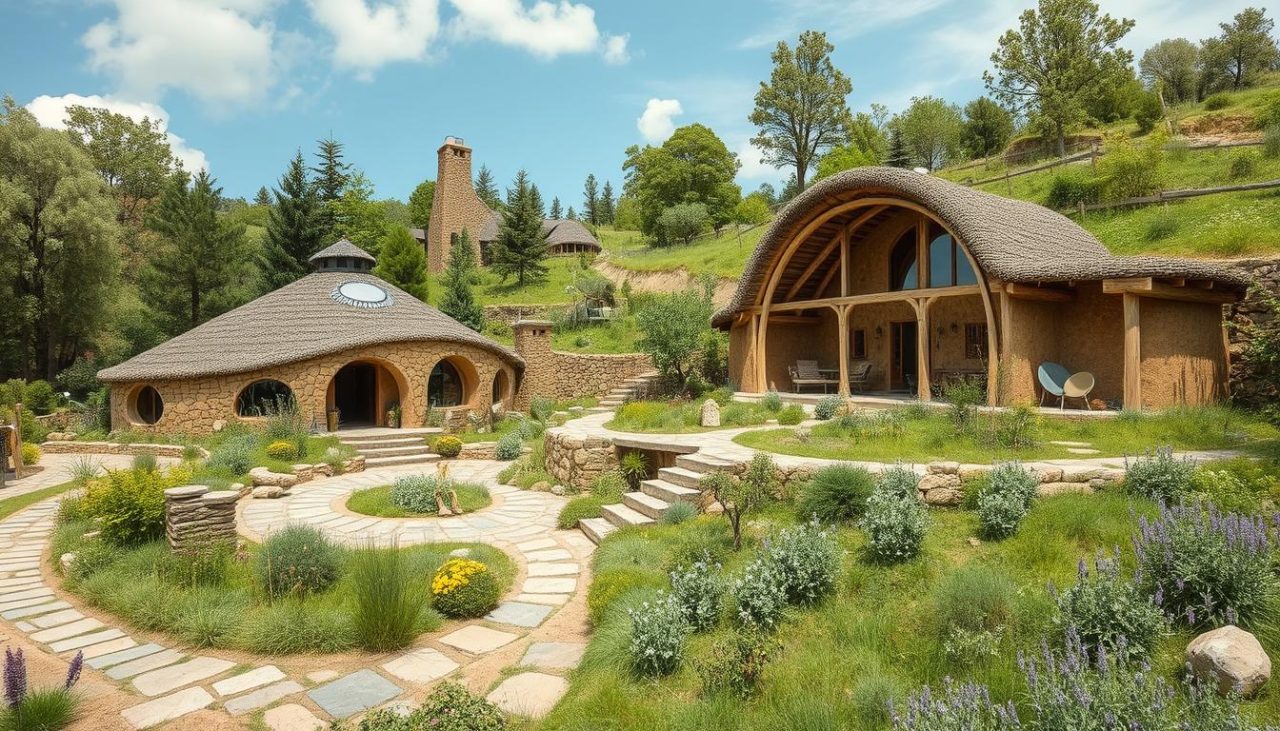Organizations, enterprises, and communities can benefit by working together to achieve United Nations Sustainable Development Goals. These groups can share resources and exchange ideas to tackle issues like hunger, water access, education, labor, and clean energy. By cooperating, they can make bigger changes than they could alone.
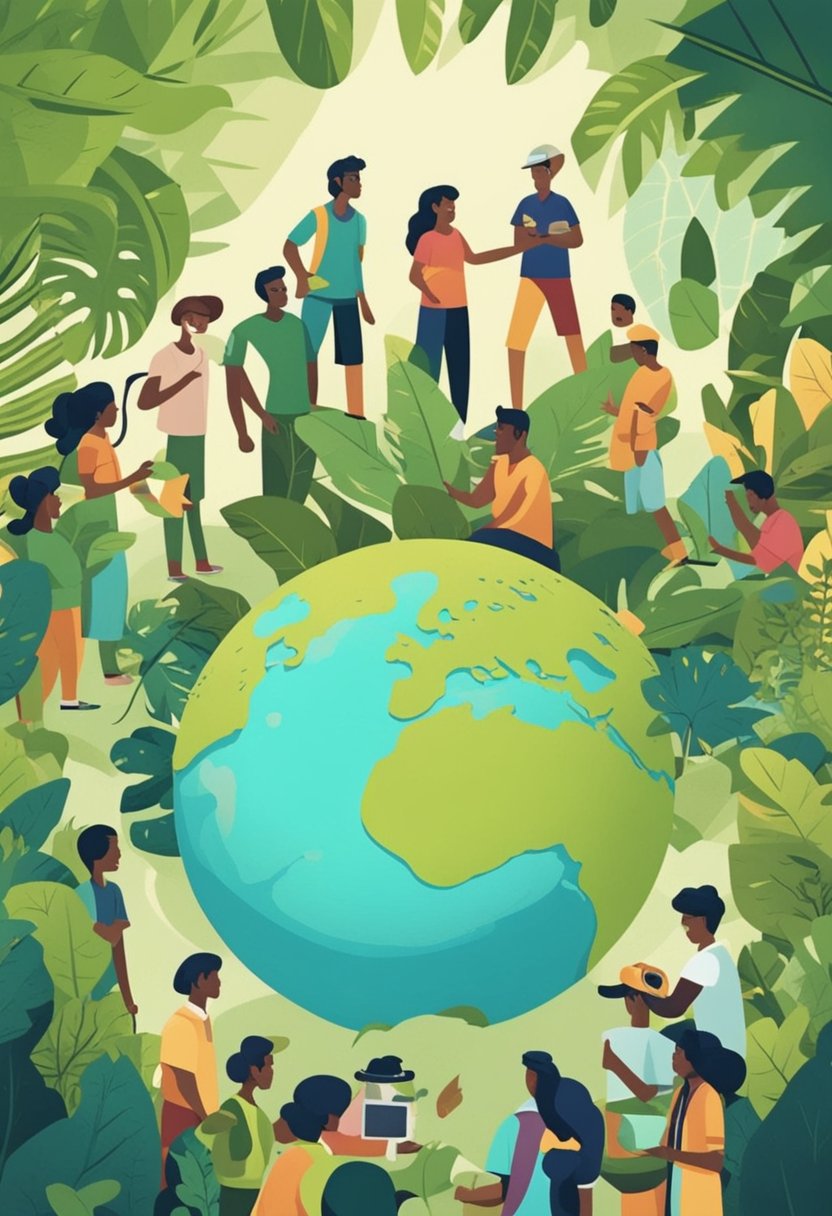
Working together on these goals can create new opportunities for innovation and economic growth. Small (nano and micro sized enterprise included) businesses might team up with larger companies to develop eco-friendly products. Cities and townships could partner with tech firms to improve infrastructure while advancing innovation. These joint efforts can lead to better jobs, improve commerce, and more sustainable urban areas.
Teamwork is vital for responsible production and consumption. Companies and NGOs can learn from each other about reducing waste and using resources wisely. Communities can share tips on sustainable living. By joining forces, different diverse groups can make progress on multiple goals at once.
Understanding the United Nations Sustainable Development Goals
To reintiate what the United Nations Sustainable Development Goals (SDGs) are; they are a set of 17 global objectives aimed at creating a better world for all and beyond. They address high key issues like poverty, hunger, health, education, social enterprise, and environmental sustainability.
The Importance of SDGs for Global Prosperity
SDGs are crucial for global prosperity. They provide a shared vision for a sustainable future and guide efforts to improve lives worldwide. The goals focus on ending poverty, protecting the planet, and ensuring peace and prosperity for all people.
These goals cross-pollinate and work together to create lasting change. For example, improving education can lead to better job opportunities and economic growth. This can help reduce poverty and hunger.
SDGs also promote partnerships between governments, businesses, and communities. By working together, different groups can make a bigger impact and achieve more.

Key Targets of SDGs for Organizational Alignment
Organizations can align their activities with specific SDG targets to contribute to global progress. For Goal 2 (Zero Hunger), a key target is to end all forms of malnutrition by 2030.
Goal 6 (Clean Water and Sanitation) aims to achieve universal access to safe drinking water. Goal 9 (Industry, Innovation, and Infrastructure) focuses on building resilient infrastructure and promoting sustainable industrialization.
Sustainable cities and communities (Goal 11) target safe and affordable housing for all. Goal 12 (Responsible Consumption and Production) aims to reduce waste generation through prevention, reduction, recycling, and reuse.
By aligning with these targets, organizations can play a vital role in achieving the SDGs and creating positive change globally.
Strategies for Zero Hunger and Clean Water

Achieving zero hunger and clean water requires coordinated efforts across sectors. These strategies focus on building resilient food systems and ensuring safe water access for all.
Building Resilient Agricultural Systems
Zero Hunger efforts must prioritize sustainable farming practices. This includes crop diversification, localization via urban farming, and climate-smart agriculture techniques.
Improved irrigation systems such as aquaponics and hydroponics help farmers use water more efficiently. Drip irrigation and rainwater harvesting can boost crop yields while conserving resources.
Strengthening local food supply chains reduces waste and improves food security and quality. This involves better storage facilities and overall logistic networks, especially in rural areas.
Investing in agricultural research and technology is crucial. Drought-resistant crops and precision farming tools can increase productivity and resilience to climate shocks.
Ensuring Access to Safe Water Resources
Clean water access is vital for health and food production. Expanding water treatment facilities in both urban and rural areas is a key priority.
Water and sanitation improvements must focus on sustainable waste management. This includes protecting water sources from pollution and promoting water conservation practices.
Community-based water management programs empower local groups to maintain water systems especially for waste and sewage. Training on hygiene practices and system maintenance ensures long-term sustainability.
Innovative technologies like solar-powered water pumps and emerging wind turbine that produces hydrogen fuel can improve access in remote areas and frontier markets. These solutions are especially important in off-grid communities in Africa and Asia.
Integrating water management with agricultural practices is essential. This helps balance the needs of farmers with those of other water users.
Fostering Innovation and Infrastructure in MSMEs
MSMEs play an ongoing key role in driving innovation and improving infrastructure. They face unique challenges but also have opportunities to adopt new technologies, strengthen stakeholder’s leverage, and upgrade their facilities.
Promoting Technological Advancements
MSMEs can boost innovation by investing in new tech and current robust technologies. Digital tools help streamline operations and reach more customers. Cloud computing allows small firms to access powerful software at low cost.
Artificial intelligence and machine learning are becoming more accessible to MSMEs. These technologies can improve product design, automate tasks, and provide data insights.
3D printing and mobile data centers enables small-scale, customized manufacturing. This lets MSMEs compete with larger firms in niche markets.
To stay competitive in organizationally, MSMEs need to train staff on emerging technologies. Partnerships with tech companies and universities can provide valuable knowledge and resources.
Improving Industrial Infrastructure
Upgrading facilities and equipment is crucial for MSME growth. Modern machinery boosts productivity and product quality. Energy-efficient systems cut costs and reduce environmental impact.
Shared workspaces and maker spaces give MSMEs access to advanced tools without big investments. Industrial parks tailored for small businesses provide necessary utilities and services.
Digital infrastructure is vital. High-speed internet enables e-commerce and remote work. Secure data storage protects sensitive information.
MSMEs benefit from improved transportation networks. Better roads and ports make it easier to ship goods and reach new markets.
Enabling Affordable and Clean Energy Solutions

Affordable and clean energy is crucial for sustainable development and productivity. Organizations can take key actions to expand access to renewables and improve energy efficiency in production.
Expansion of Renewable Energy Access
Clean energy technologies like solar and wind power are becoming more cost-effective. Companies can install solar panels or wind turbines to generate their own renewable electricity.
Community solar projects allow multiple businesses to share clean energy. This makes renewables more accessible for smaller enterprises.
Partnerships with utilities can help fund renewable energy projects. Some power companies offer incentives for businesses that adopt clean energy.
Microgrids powered by renewables improve energy reliability. These local power systems can operate independently from the main grid if needed.
Energy Efficiency in Production Processes
Energy audits identify ways to reduce waste in manufacturing and operations. Common improvements include:
- LED lighting upgrades
- Smart thermostats and sensors
- High-efficiency motors and equipment
- Improved insulation
Employee training on energy-saving practices is critical. Simple behavior changes can lead to big efficiency gains.
Recycling waste heat from industrial processes saves energy. This “waste” heat can be used for other purposes like heating buildings.
Energy management systems track and optimize usage. These tools help businesses continuously improve efficiency over time.
Advancing Decent Work and Economic Growth

Decent work and economic growth are key to sustainable development. They create opportunities for people to earn a living and improve their quality of life. This section explores ways to boost employment and empower communities economically.
Creating Employment Opportunities
Job creation is vital for economic growth. Governments can help by:
• Investing in infrastructure projects • Supporting small businesses • Offering job training programs
The private sector plays a big role too. Companies can:
• Expand operations to create new positions • Partner with schools for internships • Hire locally when possible
Policies that support job creation are crucial. These might include tax breaks for businesses that hire new workers or grants for startups. Such measures can spark innovation and lead to more jobs.
Promoting Economic Empowerment Initiatives
Economic empowerment helps people gain control over their finances. Microfinance is one way to do this. It gives small loans to people who can’t get regular bank loans.
Other initiatives include:
• Financial literacy classes • Savings groups for women • Skills training workshops
Access to financial services is key. Mobile banking has made this easier in many places. It lets people save money and make payments using their phones.
Fair labor laws also matter. They protect workers’ rights and ensure decent working conditions. This helps create a stable workforce and boosts productivity.
Building Sustainable Cities and Communities

Creating livable urban spaces requires careful planning and community involvement. Cities face challenges like overcrowding and resource strain, but also offer opportunities for innovation and improved quality of life.
Urban Planning for Sustainable Development
Urban planners play a key role in building sustainable cities. They design layouts that reduce sprawl and promote efficient use of land and resources. This includes mixed-use zoning that puts homes near jobs and amenities to cut down on car use.
Green spaces are vital for wellbeing. Parks, urban gardens, and tree-lined streets make cities more livable. They also help manage stormwater and reduce the urban heat island effect.
Sustainable transport is another focus. Bike lanes, walkable streets, and good public transit cut pollution and traffic. Some cities are creating car-free zones in city centers.
Community-Driven Development Projects
Local input is crucial for creating truly sustainable communities. Many cities now use participatory budgeting, letting residents vote on how to spend part of the municipal budget. This leads to projects that meet real community needs.
Neighborhood associations and community groups often spearhead local improvements. They may organize cleanup days, start community gardens, or advocate for better services. These grassroots efforts build social bonds while improving the urban environment.
Some cities partner with nonprofits on larger projects. For example, groups may renovate abandoned buildings into affordable housing or community centers. These efforts breathe new life into neglected areas and provide needed services.
Practices for Responsible Consumption and Production
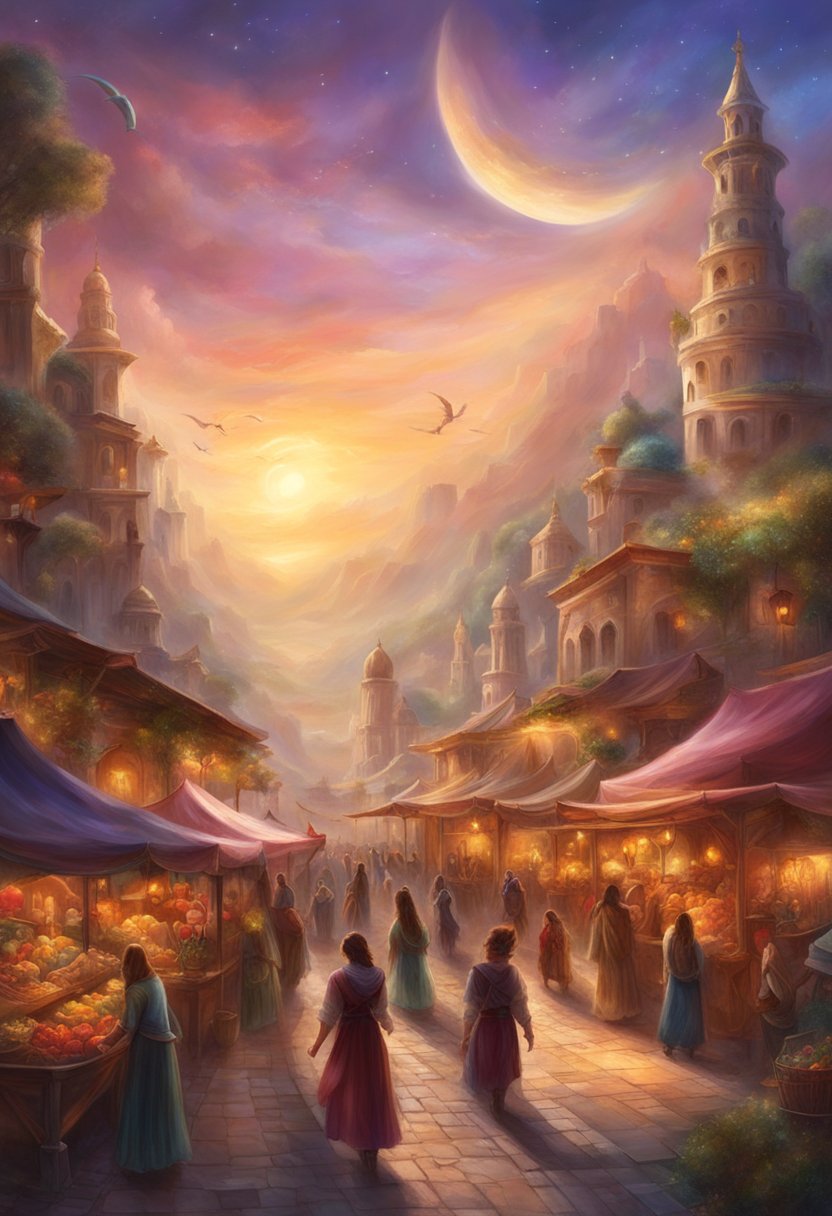
Responsible consumption and production focus on doing more with less. They aim to reduce resource use, waste, and pollution across the entire supply chain. Two key practices can help achieve these goals.
Boosting Efficient Use of Resources
Companies can boost resource efficiency by optimizing their processes. This includes using energy-saving equipment and embracing renewable energy sources. Water conservation methods like recycling and rainwater harvesting help preserve this vital resource.
Waste reduction is crucial. Businesses can implement recycling programs and find ways to reuse materials. Some firms are redesigning products to use fewer raw materials.
Supply chain optimization is another important step. This involves choosing suppliers with sustainable practices and reducing transportation emissions. Many organizations now track their carbon footprint to identify areas for improvement.
Encouraging Circular Economy Models
Circular economy models aim to eliminate waste and maximize resource use. This approach keeps products and materials in use for as long as possible.
Companies can design products for durability and easy repair. This extends product lifespans and reduces the need for new resources. Some businesses offer repair services or sell spare parts to support this goal.
Product-as-a-service models are gaining popularity. Instead of selling items outright, companies lease them and handle maintenance. This encourages better product care and more efficient use.
Recycling and upcycling initiatives play a key role in circular economies. These processes turn waste into new products, adding value and reducing landfill use.
Strengthening Global Partnerships

Global partnerships are key to achieving the UN Sustainable Development Goals. Strong teamwork between different groups helps solve colossal problems faster. Sharing knowledge and resources leads to better results for everyone.
Networks Collaboration for Shared Goals
Partnerships that bring together diverse organizations are better at tackling complex issues. Groups with unique skills and views can find new solutions.
Networks allow small businesses to work with larger companies and governments. This helps spread good ideas and practices quickly.
Collaboration creates chances for innovation. When people from different fields work together, they often make surprising breakthroughs.
Shared goals help keep partnerships focused. Groups can divide tasks based on their strengths, making the work more efficiently.
Role of Intergovernmental Support and Resources
Governments play a big part in making global teamwork happen. They can create rules and systems that make it easier for groups to work together across borders.
Intergovernmental organizations provide data and support to help partnerships succeed. This includes research, funding, and expert advice.
Access to finance is crucial for partnership projects. Governments and international bodies can set up special funds or loans to help.
Public-private partnerships show how government backing can boost results. These teams combine public goals with private sector skills and resources.
By offering resources and removing barriers, governments help turn good ideas into actual change.
Entrepreneurship and Value Creation

Entrepreneurs and small businesses play a key role in advancing the UN Sustainable Development Goals. They create value through innovative solutions and partnerships that address global challenges.
Empowering Entrepreneurs Through SDGs
The SDGs provide a framework for entrepreneurs to align their business models with sustainable development. Goal 8 on decent work and economic growth directly supports entrepreneurship and job creation.
Entrepreneurs can tap into new markets by developing products and services that meet basic needs. For example, affordable solar lamps address Goal 7 on clean energy access. Clean water solutions support Goal 6.
Cross-disciplinary approaches help entrepreneurs create value. Partnering with communities, NGOs and governments amplifies impact. This aligns with Goal 17 on partnerships.
Small Businesses as Catalysts for Innovation
Small businesses drive innovation to tackle sustainability challenges. Their agility allows quick pivoting to address emerging needs.
Many startups focus on circular economy models supporting Goal 12 on responsible production. Examples include upcycling waste into new products.
Multiple value creation is key. Social enterprises create economic, social and environmental benefits. A food startup may reduce hunger (Goal 2) while creating jobs.
Tech innovations help small businesses boost productivity and reach. Mobile apps connect rural farmers to markets. This advances Goals 8 and 9 on economic growth and innovation.
Digital Marketing and Sustainable Growth

Digital marketing is derived from the 4th industrial revolution, it is essential to drive sustainable growth for businesses. It offers new ways to reach customers and gain a competitive edge through technology.
Leveraging Technology for Competitive Advantage
Digital marketing helps companies of all types stand out in today’s fast-paced market and industries. It allows firms to use data to better understand customers and tailor products and services.
Online tools like social media and analytics give businesses insights into consumer needs. This helps companies create more sustainable offerings that align with market demands.
Digital platforms also enable companies to streamline operations and cut costs. Cloud services and automation free up resources for innovation and growth.
Online Presence and Customer Engagement
A strong online presence is vital for sustainable growth. Social networks let firms talk directly to customers and get quick feedback.
Digital channels help build brand loyalty through personalized content and offers. Companies can respond fast to trends and keep customers coming back.
E-commerce makes it easy for customers to buy anytime. Mobile apps and websites create smooth shopping experiences that boost sales and satisfaction.
Digital marketing also supports sustainability goals. Online campaigns can promote eco-friendly products and educate consumers about responsible choices.
Policy Recommendations and Future Directions
Effective policies and research are key to achieving the UN Sustainable Development Goals. These strategies can help organizations and communities make real progress on issues like hunger, clean water, and sustainable cities.
Optimizing Policy Frameworks for SDG Integration
Governments, lobbyist, grassroots support organization, and co-op consortiums should create policies that support SDG implementation across sectors. Tax incentives can encourage businesses to invest in clean energy, green tech, and sustainable infrastructure. Regulations on water use and food waste can push industries to adopt more responsible practices. Public-private partnerships should be formed to tackle complex issues like hunger and sanitation.
Small businesses need simplified regulations and financial support to adopt sustainable practices. Local governments can update building codes to promote green construction and energy efficiency. National policies should set clear and concise targets for renewable energy adoption and emissions reductions.
Policymakers must ensure new rules don’t unfairly burden smaller organizations. Regular policy reviews can help identify gaps and make timely updates as technologies develop.
Encouraging Empirical Research for SDGs
The need and demand for more data-driven studies on the United Nations’ SDG progress will increase. Researchers should examine which policies and programs are most effective at reducing hunger and improving sanitation. Studies can explore how innovations in areas like vertical, roof, and urban farming impact food security.
Funding factions should prioritize empirical SDG research. This includes long-term studies on the economic effects of clean energy adoption. Researchers need better monitor, participation, and evaluation tools to measure progress on goals like responsible consumption.
Academic institutions can create dedicated SDG research centers. These can bring together experts from different fields to tackle complex sustainability challenges. Open data initiatives can help share findings widely to inform better decision-making.

Key Takeaways
- Collaboration between diverse organizations amplifies impact on sustainability goals
- Partnerships foster innovation and create economic opportunities across sectors
- Joint efforts enable more efficient use of resources and knowledge sharing


